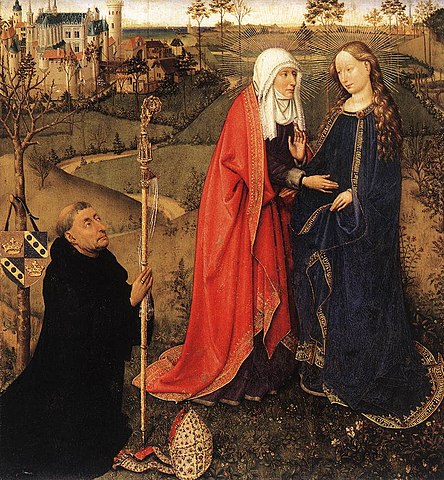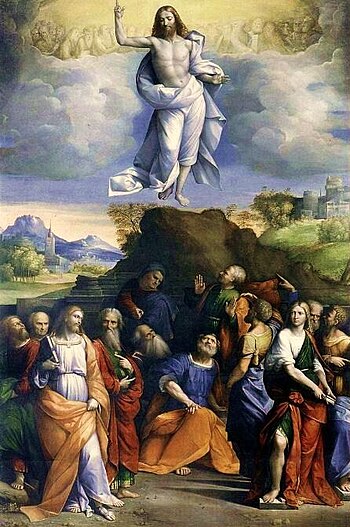
St. Joseph with the Infant Jesus
Joseph is a figure in the Gospels who was married to Mary, Jesus’ mother, and was Jesus’ legal father. Joseph is venerated as Saint Joseph in the Catholic Church, Orthodox Church, Oriental Orthodox Church, Anglicanism, Lutheranism, and Methodism, and is also known as Joseph the carpenter. Some differing views are due to theological interpretations versus historical views.
In both Catholic and Protestant traditions, Joseph is regarded as the patron saint of workers and is associated with various feast days. Pope Pius IX declared him to be both the patron and the protector of the Catholic Church, in addition to his patronages of the sick and of a happy death, due to the belief that he died in the presence of Jesus and Mary. In popular piety, Joseph is regarded as a model for fathers and has also become patron of various dioceses and places.
Several venerated images of Saint Joseph have been granted a canonical coronation by a Pope. In popular religious iconography he is associated with lilies or a spikenard. With the present-day growth of Mariology, the theological field of Josephology has also grown and since the 1950s centers for studying it have been formed.
In the Apocrypha, Joseph was the father of James, Joses, Jude, Simon, and at least two daughters. According to Epiphanius and the apocryphal History of Joseph the Carpenter, these children were from a marriage which predated the one with Mary, a belief that is accepted by some select Christian denominations.





